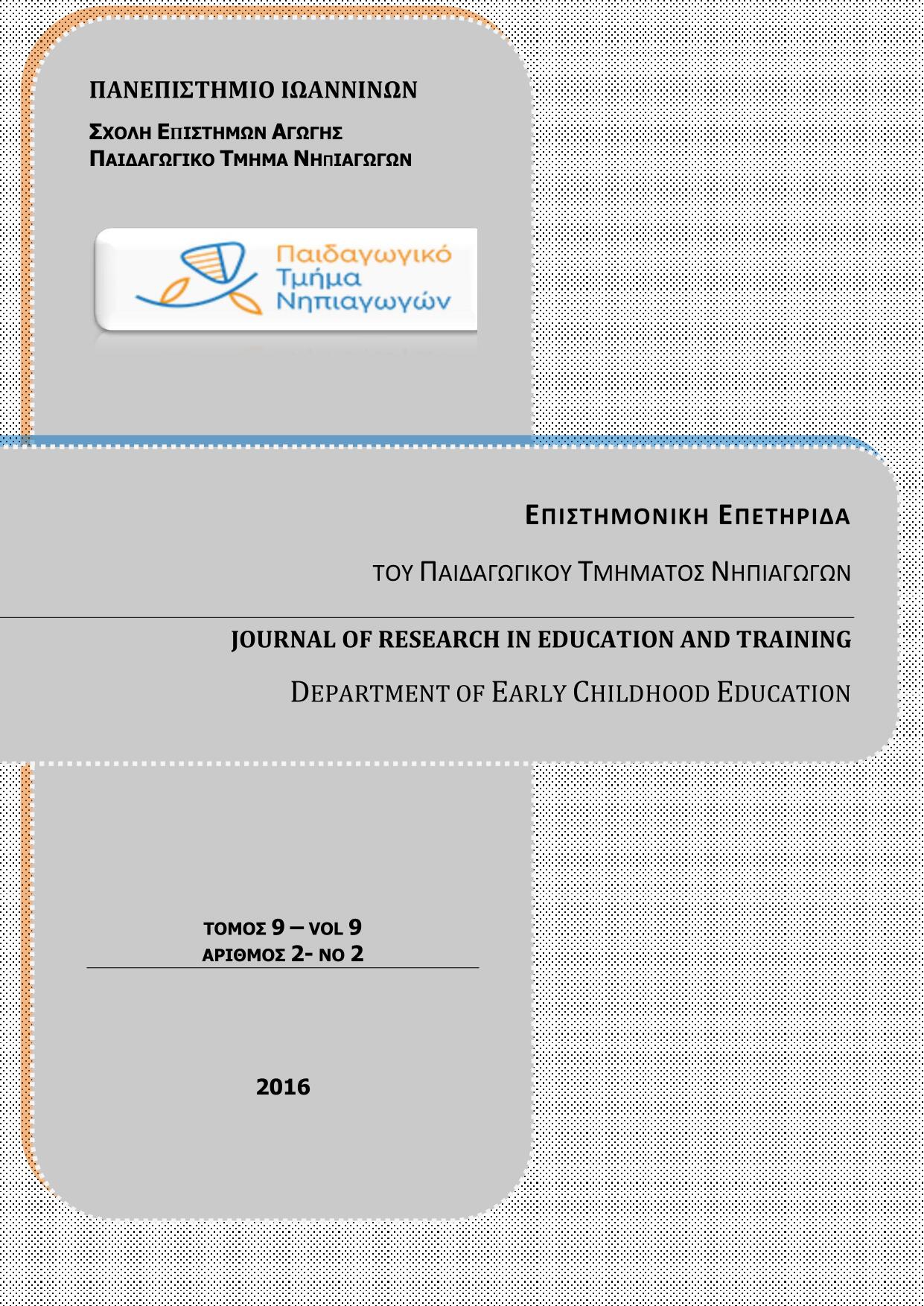From The Wizard of Oz to The Wizard that W(Oz): Greek Adaptations of the Famous Fairy Tale

Abstract
Τhe children’s fairy tale The Wonderful Wizard of Oz was written by L. Frank Baum in 1900 and illustrated by W. W. Denslow. It has been reprinted numerous times since then, most often under the name The Wizard of Oz. After the well-known 1902 Broadway musical and the 1939 film adaptation, the popularity of this book skyrocketed. Since the tale’s first appearance, there have been countless written and illustrated versions for children all over the world. It is remarkable not only that this book stood the test of time for over a century, but that it is still subject to new treatments in addition to being a source of inspiration for developing interactive systems, as well. One way to achieve this goal was by using the methodology of the so-called “Wizard of (W)Oz studies”. This essay examines two contemporary Greek adaptations for young children, and compares them with the “pre-text” of Baum’s original work.
My aim is to attempt a comparative narrative analysis and to investigate the ways in which the story has changed and developed in different illustrative types through intertextuality. I will endeavour to determine how the original text was altered and adjusted to young Greek audiences, and how that process of adaptation was influenced by the cultural, social and ideological components of its time.
Article Details
- How to Cite
-
Τζιτζιλή Ε. (2016). From The Wizard of Oz to The Wizard that W(Oz): Greek Adaptations of the Famous Fairy Tale. Journal of Research in Education and Training, 9(2), 78–98. https://doi.org/10.12681/jret.8690
- Issue
- Vol. 9 No. 2 (2016)
- Section
- Articles

This work is licensed under a Creative Commons Attribution-NonCommercial-ShareAlike 4.0 International License.
Authors who publish with this journal agree to the following terms:
- Authors retain copyright and grant the journal right of first publication with the work simultaneously licensed under a Creative Commons Attribution Non-Commercial License that allows others to share the work with an acknowledgement of the work's authorship and initial publication in this journal.
- Authors are able to enter into separate, additional contractual arrangements for the non-exclusive distribution of the journal's published version of the work (e.g. post it to an institutional repository or publish it in a book), with an acknowledgement of its initial publication in this journal.
- Authors are permitted and encouraged to post their work online (preferably in institutional repositories or on their website) prior to and during the submission process, as it can lead to productive exchanges, as well as earlier and greater citation of published work (See The Effect of Open Access).


